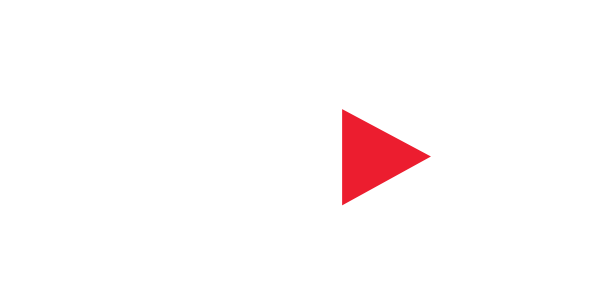Are you concerned about health and safety on the job? The Occupational Safety and Health Administration (OSHA) protects you when things go wrong.
The biggest priority in the industrial and manufacturing industries is workplace safety. An employee’s health and well-being should never be compromised on the job, but that’s hard to accomplish when working in a labor-intensive field. This is especially true if your job requires you to lift, carry, or move heavy objects or hazardous chemicals.
This blog shows you how to get around the dangerous obstacles listed above. We discuss what OSHA compliance means, go over the OSHA lifting safety policy, and show you how to maintain working conditions that won’t put your employees at risk of injury or illness.
Are you concerned about health and safety on the job? The Occupational Safety and Health Administration (OSHA) protects you when things go wrong.
The biggest priority in the industrial and manufacturing industries is workplace safety. An employee’s health and well-being should never be compromised on the job, but that’s hard to accomplish when working in a labor-intensive field. This is especially true if your job requires you to lift, carry, or move heavy objects or hazardous chemicals.
This blog shows you how to get around the dangerous obstacles listed above. We discuss what OSHA compliance means, go over the OSHA lifting safety policy, and show you how to maintain working conditions that won’t put your employees at risk of injury or illness.
Federal OSHA Overview—Frequently Asked Questions:
What Is OSHA?
OSHA is a federal agency that enforces safe and healthful working conditions for working citizens. As a division of the U.S. Department of Labor, OSHA sets industry-specific health and safety standards for a variety of fields. Representatives of OSHA monitor and inspect work environments to hold stakeholders accountable for creating, maintaining, and promoting safe work practices.
What Does ‘OSHA Compliant’ Mean?
Being compliant with OSHA means adhering to all applicable regulations. Employers must provide a workplace that’s free from serious hazards recognized by OSHA and effectively comply with standards, rules, and regulations in the OSH Act of 1970.
To achieve OSHA compliance, you must have a safety response protocol for the following:
- Scaffolding
- Fall protection
- Ladder usage
- Respiratory protection
- Control of hazardous energy
- Powered industrial truck operating
- Machinery and machine guarding
- Hazard communication standards
- Eyes, face, and ear protection
What Rights Do I Have?
As an American worker, you have the right to work in an environment that’s safe and healthy. Under federal law, you are entitled to speak up without the fear of retaliation if you worry about the conditions of your workplace. OSHA protects employees when they choose to voice concerns about issues that endanger their physical welfare. This organization requires employers to uphold a process that allows workers to report on-the-job injuries, illnesses, and other workplace hazards.
Under OSHA, you also have the right to:
- Receive training in a language you understand
- Operate machines and equipment that are safe
- Receive required safety gear, such as gloves or a harness and lifeline for falls
- Receive proper protection from toxic chemicals
- Request an OSHA inspection, and speak to the inspector
- Report an injury or illness, and obtain access to a copy of your medical records
- View copies of the workplace injury and illness log
- Review records of work-related injuries and illnesses
- Obtain copies of test results conducted to find hazards in the workplace
When Can I File a Complaint?
Safety and Health Complaints:
If you believe working conditions are unsafe or unhealthful, you may file a confidential complaint with OSHA and ask for an inspection. If possible, bring the issue to your employer’s attention. For more information about the complaint filing process, review the standards issued by the U.S. Department of Labor.
Protection From Retaliation:
It is illegal for an employer to fire, demote, transfer, or otherwise retaliate against a worker for using their rights under the law. OSHA is here to bring justice to various types of workplace discrimination. If you believe you have been retaliated against in any way, file a whistleblower complaint within 30 days of the alleged retaliation. Here’s how the process works.
Whom Do I Contact?
To ask about a health and safety issue at your workplace, discuss your rights, or learn more about OSHA, contact your nearest OSHA regional office. All information will be kept confidential and recorded by a certified safety professional. When issues arise, don’t be afraid to notify the U.S. Department of Labor. You can call toll-free at 800-321-6742 (OSHA), and follow up with questions or comments by email. Finally, review this map if you need help finding the nearest OSHA office.
Keep Your Facility Safe
At ROI Industries, we’re committed to protecting the health and wellness of your labor unit. We provide the safest material-handling machinery and automation on the market. Our experts engineer and install resources that comply with all standards and regulations issued by the Department of Labor. When you’re ready, we can optimize your workforce with the resources that help keep you away from critical dangers.
Contact us to inquire about our proprietary, OSHA-compliant PalletPOD technology.

